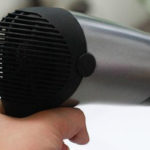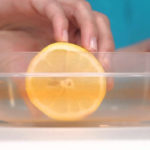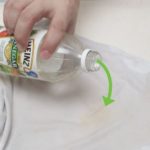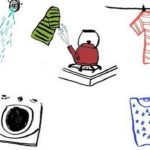1. Eliminate mold and mildew
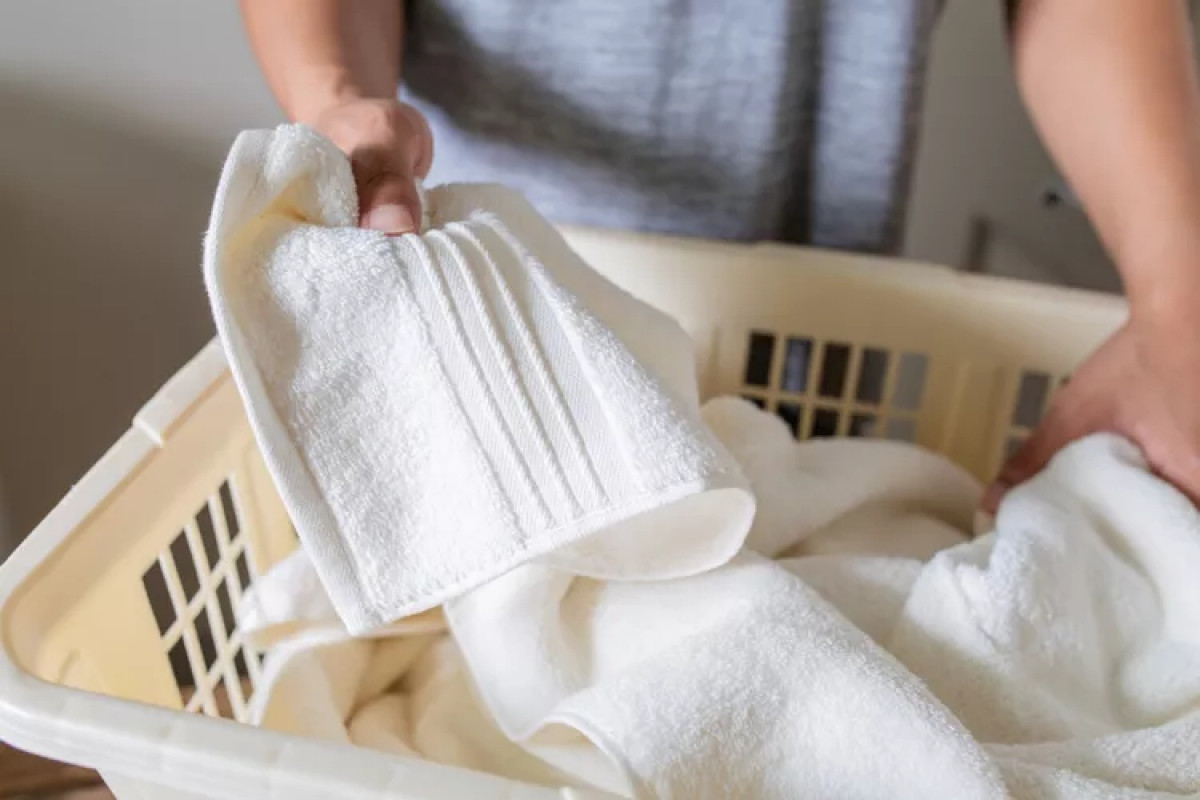
Leaving wet towels or clothes in the laundry basket or washing machine can lead to the growth of mold and mildew. To prevent this, fill the washing machine with hot water, add 2 cups of distilled white vinegar, and run a complete wash cycle. Then, run another full cycle with detergent.
This method works well for small amounts of mold and mildew. For larger mold problems and stains, stronger remediation methods may be required.
2. Brighten and whiten clothes
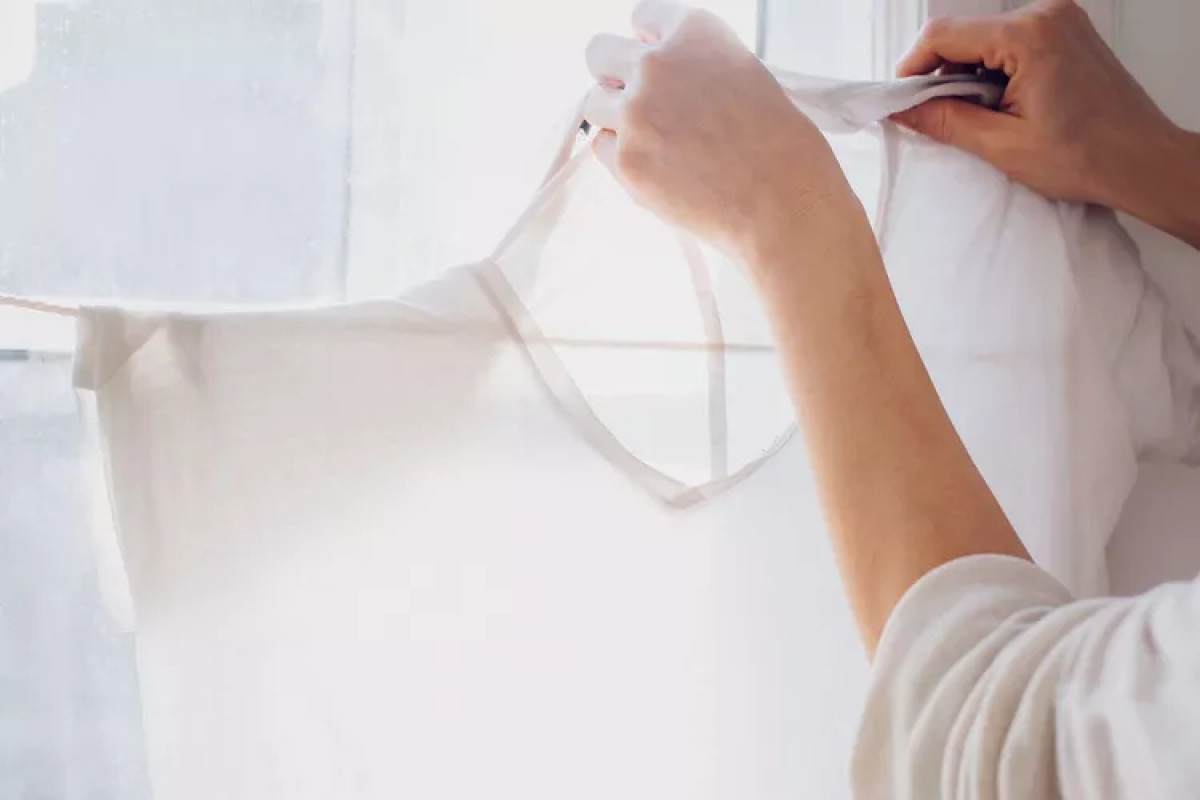
The acetic acid in distilled white vinegar is gentle enough to not harm washable fabrics but strong enough to dissolve residue from soap and detergent. Adding 1/2 cup of vinegar to the final rinse will help colors appear brighter and whites whiter. Vinegar can be added to the fabric softener compartment or manually at the beginning of the rinse cycle.
Vinegar also acts as a natural fabric softener and leaves no residue on the laundry. Simply add 1/2 cup to the final rinse cycle. For a light fragrance, a few drops of essential oil, such as lavender, can be added to the vinegar bottle.
3. Naturally soften fabrics
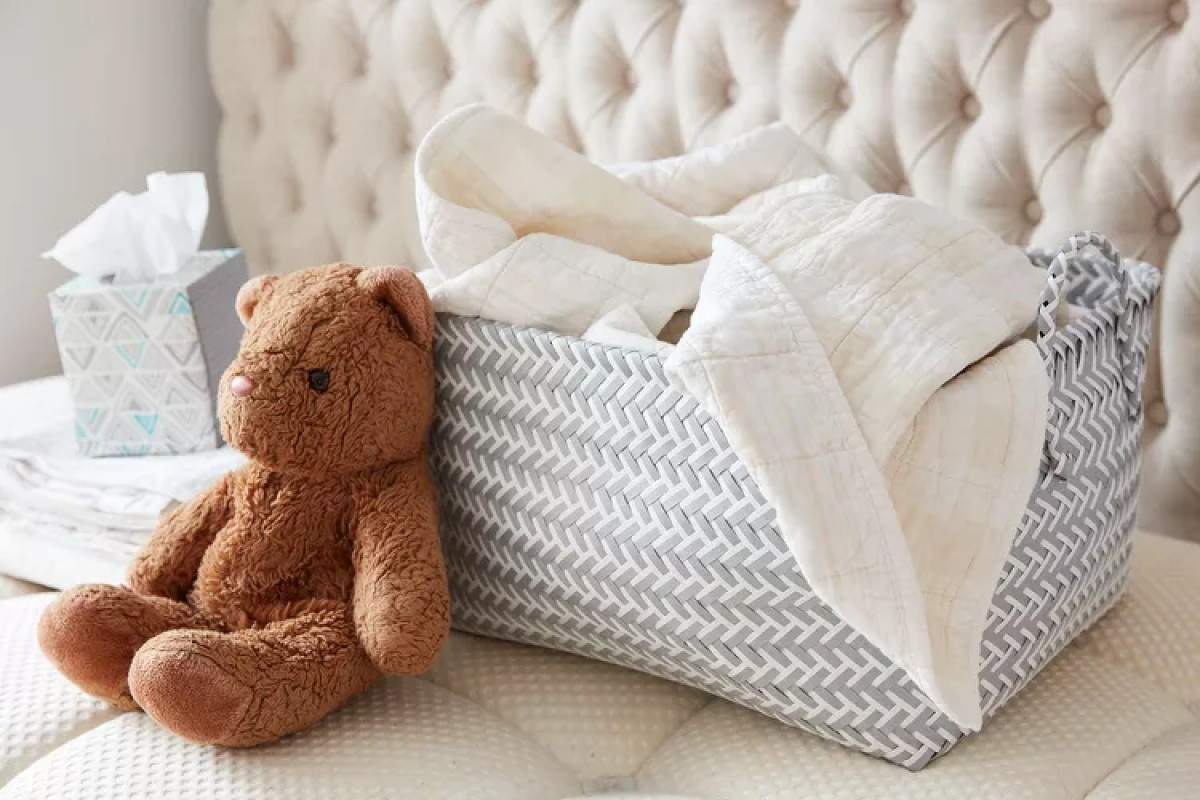
Distilled white vinegar can serve as a natural fabric softener without leaving any residue on the clothes. Just add 1/2 cup to the final rinse cycle. For a light fragrance, a few drops of essential oil, such as lavender, can be added to the vinegar bottle.
4. Reduce fabric pilling and pet hair
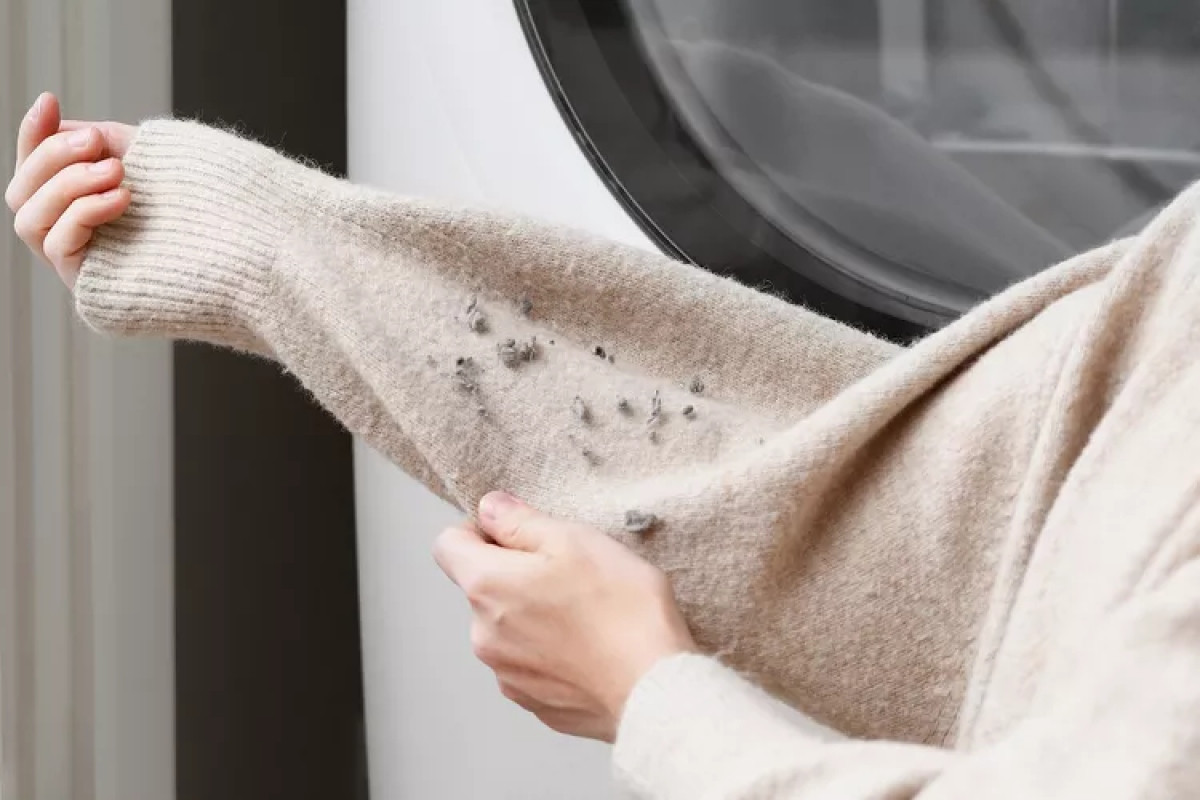
Adding 1/2 cup of distilled white vinegar to the wash cycle can help prevent fabric pilling and pet hair from clinging to clothes. It can also help remove excessive fabric pilling caused by washing something that sheds color.
5. Prevent underarm stains
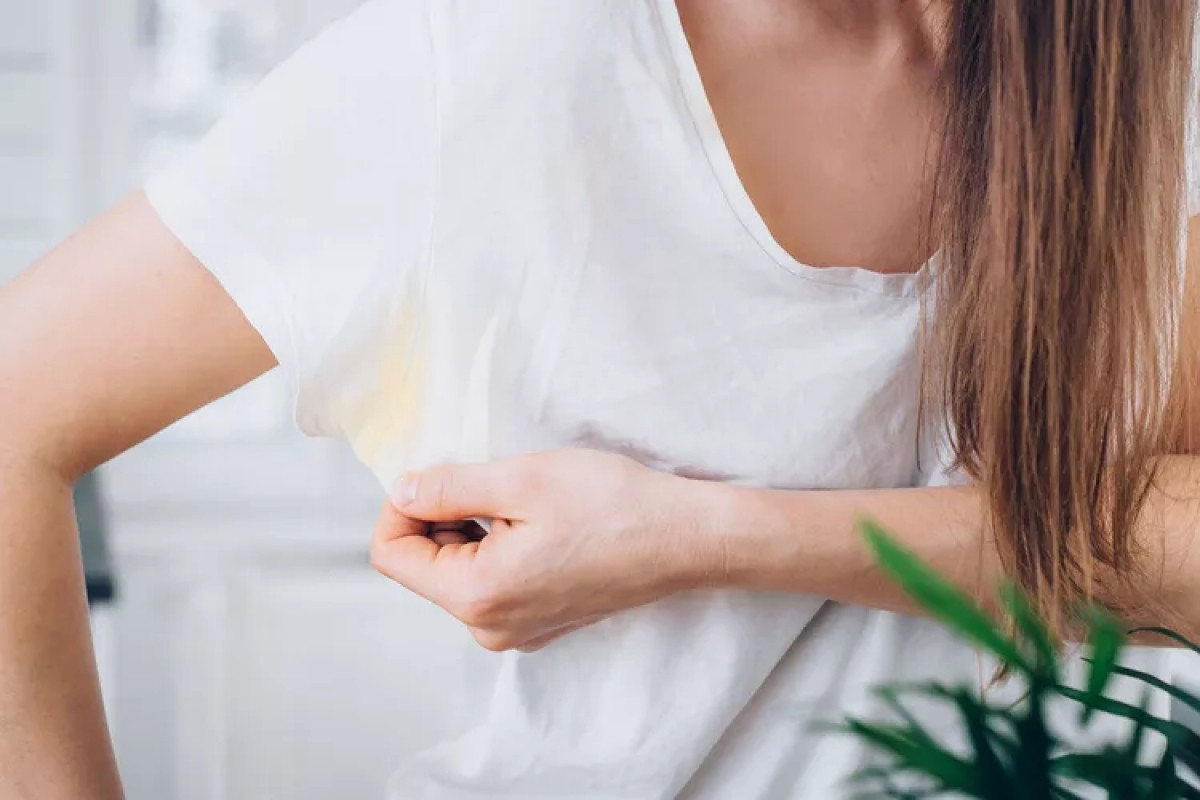
An undiluted distilled white vinegar solution can be used to eliminate sweat odor and stains on washable clothes. Spray vinegar directly onto the fabric in the underarm area and let it sit for at least 10 minutes before washing. If the fabric feels stiff, a soft bristle brush can be used to remove the residue. Vinegar helps remove remaining residue from fabric softeners and prevent yellowing under the arms.
6. Erase seam marks
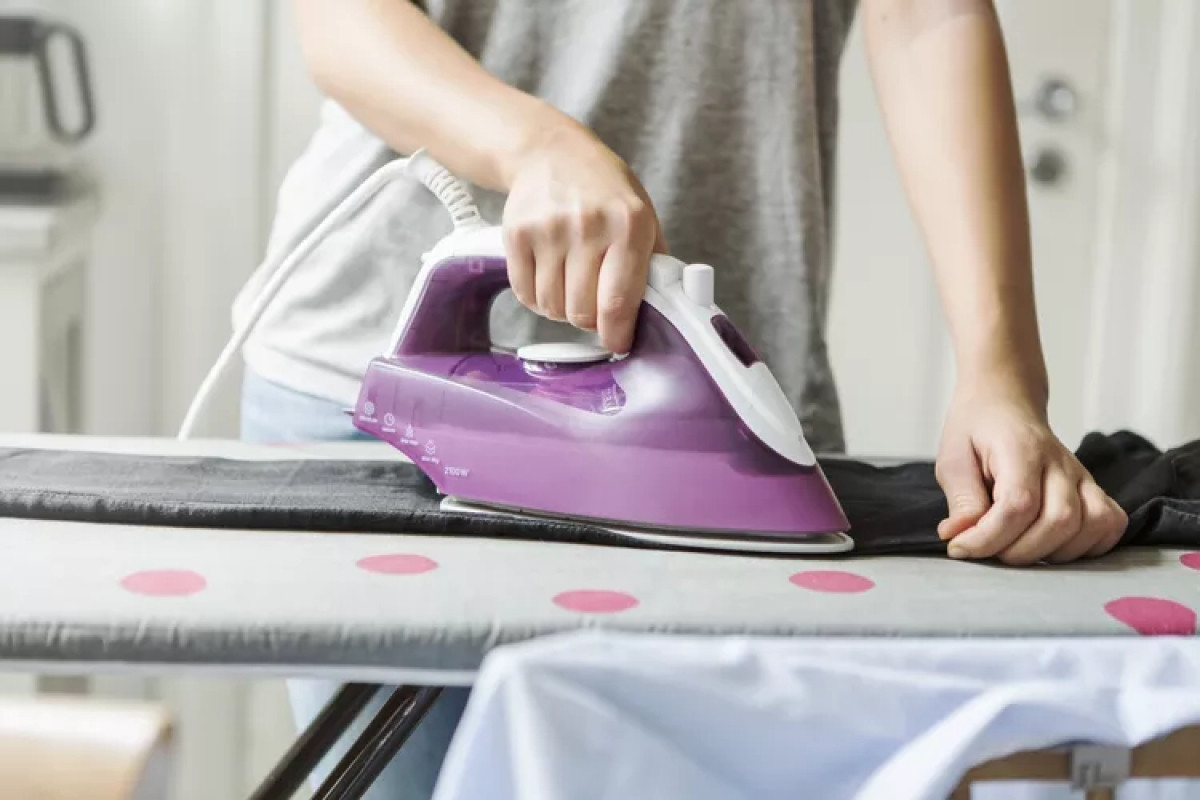
To remove small holes left along a seam or hemline when replacing a garment, dampen a white cloth with distilled white vinegar, place it under the fabric, and use a pressing cloth on top to prevent scorching. Set the iron to the correct temperature and press the fabric to erase the seam marks.
7. Keep clothes dark
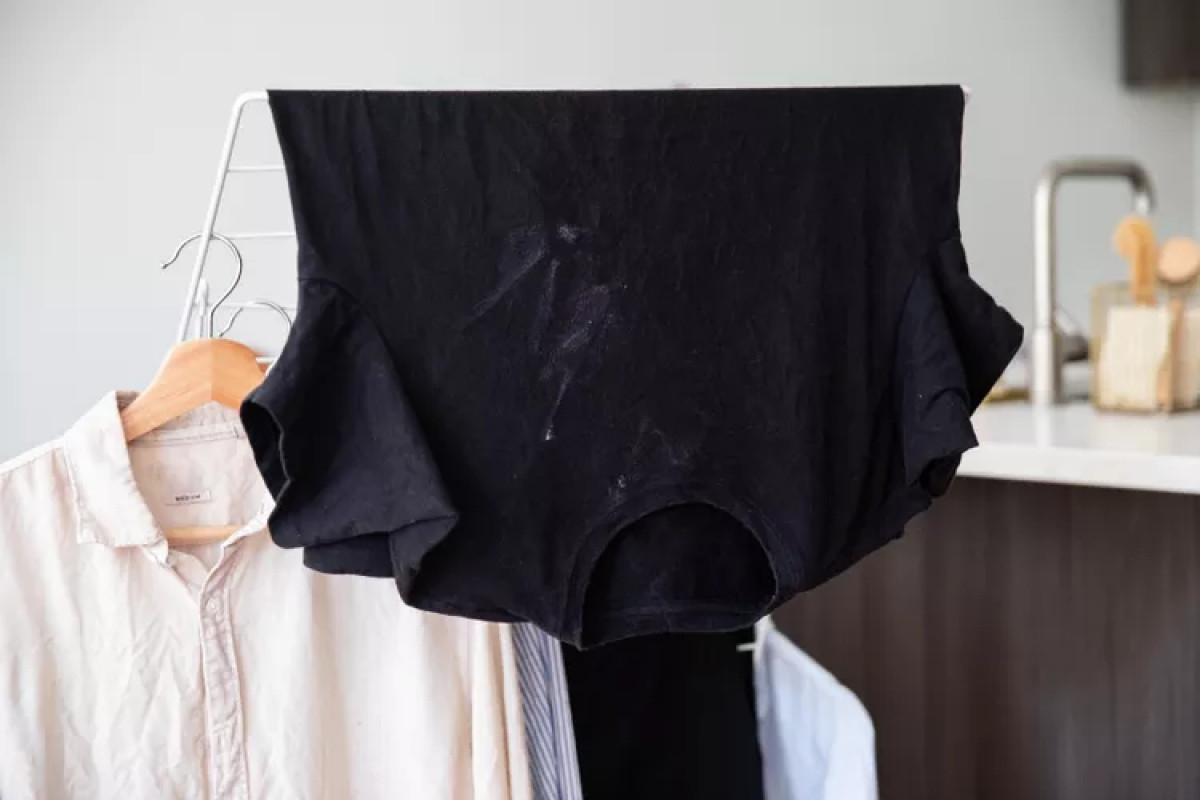
Adding 1/2 cup of distilled white vinegar to the final wash cycle helps remove soap scum and residue that can make black clothes appear faded.
8. Avoid smoke odor
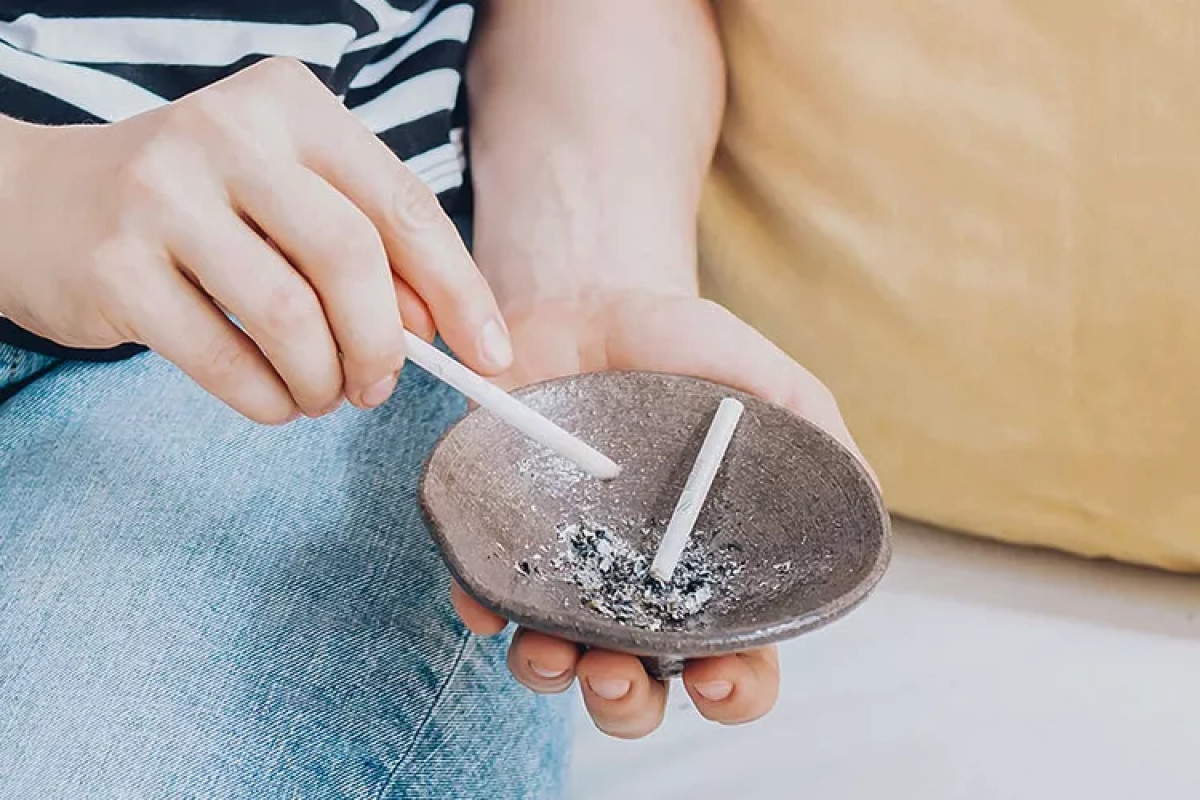
If clothes have the odor of cigarette smoke or cigar, adding 1/2 cup of distilled white vinegar to the wash cycle can help eliminate the odor. For dry-clean only items like pillows and comforters, filling the bathtub with hot water and 1 cup of vinegar, and hanging the clothes or fabric above the steaming water can remove the odor. Vinegar is also effective in removing heavy smoke residue from the air after a small fire.
9. Clean the washing machine
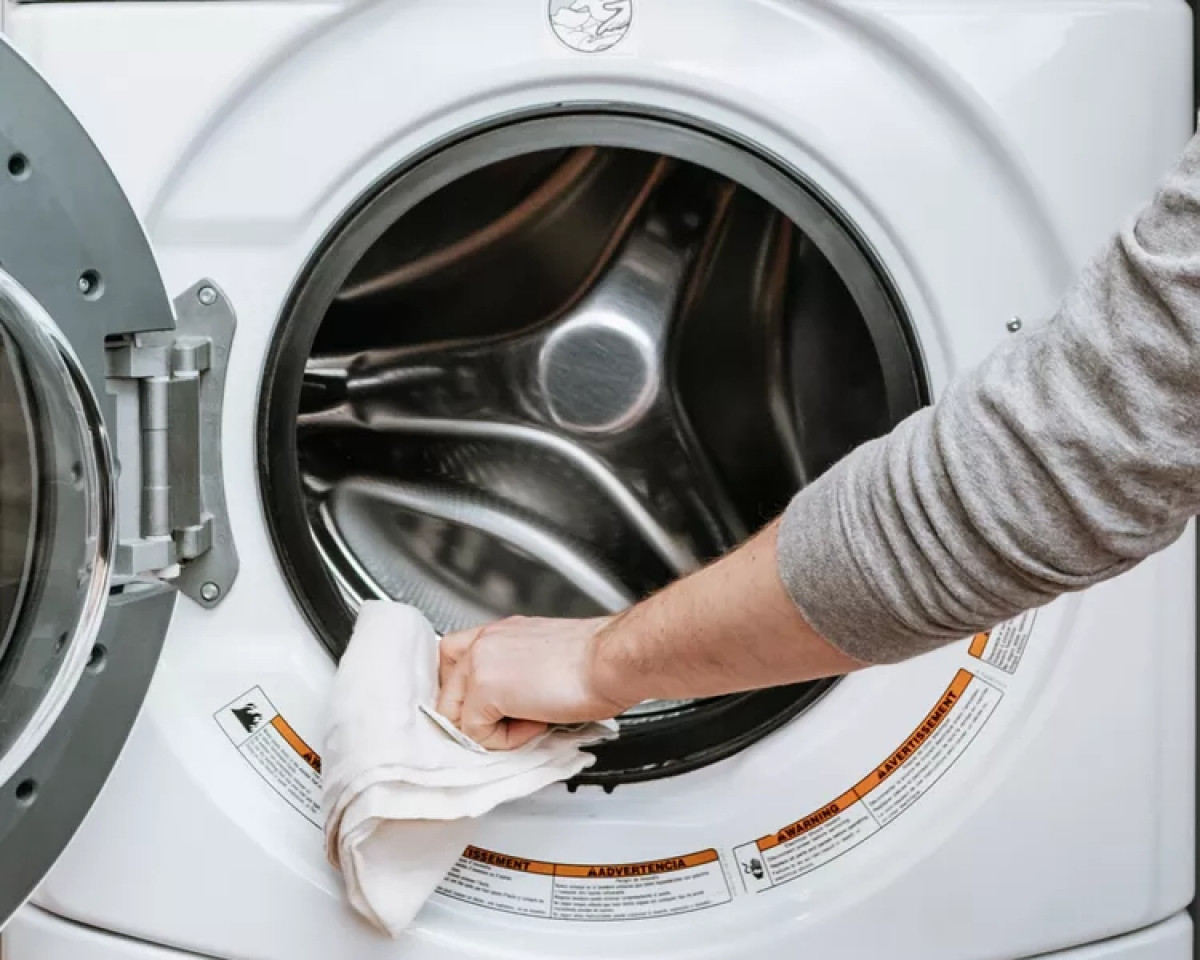
A clean washing machine ensures cleaner clothes. To remove soap and mineral residue that can accumulate in the hoses of the washing machine, running a complete wash cycle with hot water and 2 cups of distilled white vinegar (with no clothes) four times a year is recommended. Vinegar can also be placed in the soap dispenser or fabric softener dispenser to dissolve any accumulated residue. Regular cleaning with vinegar can help freshen up a front-loading washing machine that may have mold.
10. Clean your ironing board
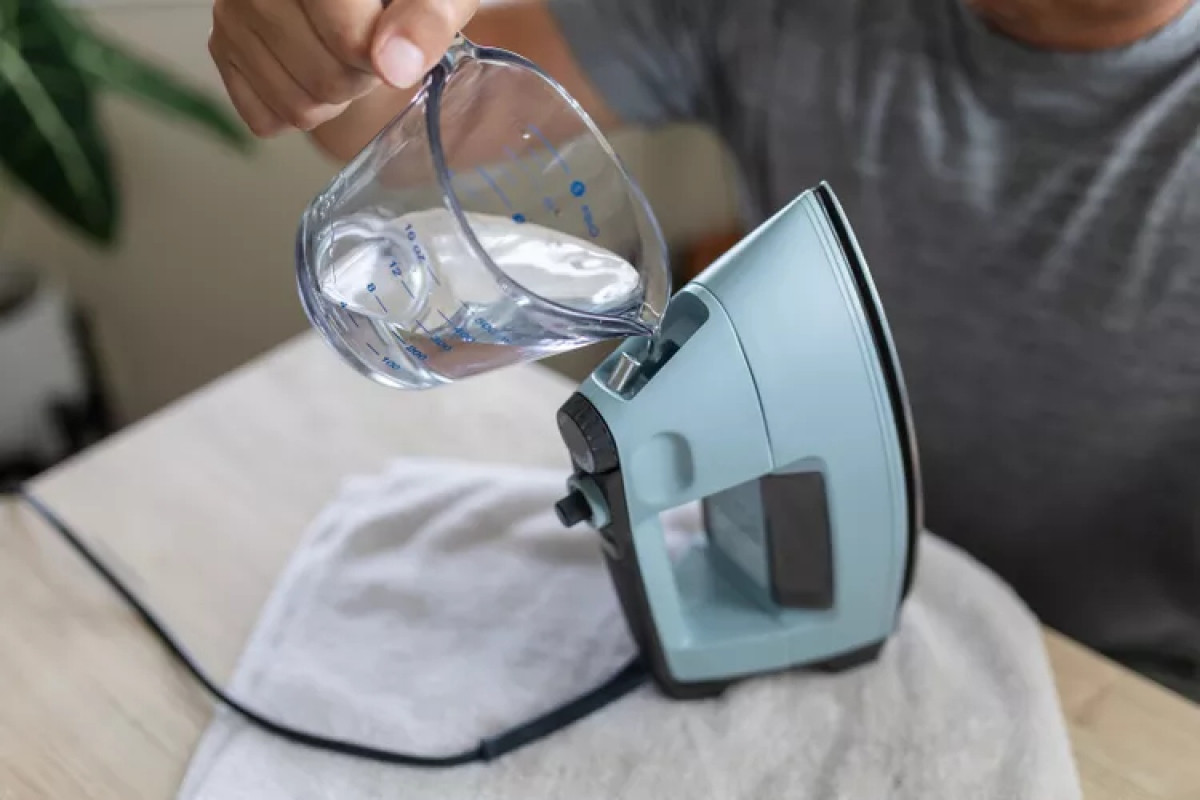
Mineral deposits can clog iron steam vents and spray nozzles. To clean and remove dirt buildup, filling the iron’s water reservoir with a solution of equal parts distilled white vinegar and distilled water, and letting the steam escape for about five minutes while the iron is in an upright position on a heat-resistant surface is recommended. Once the iron is cool, rinsing the reservoir with distilled water and shaking water through the steam vents onto an old cloth can help remove any lingering dirt. A seam burn mark on the ironing board can be scrubbed with a mixture of equal parts distilled white vinegar and salt before wiping the surface clean with a vinegar-soaked cloth.
Source: VOV


























